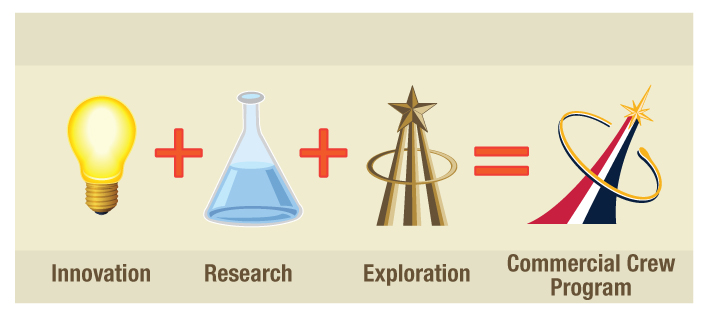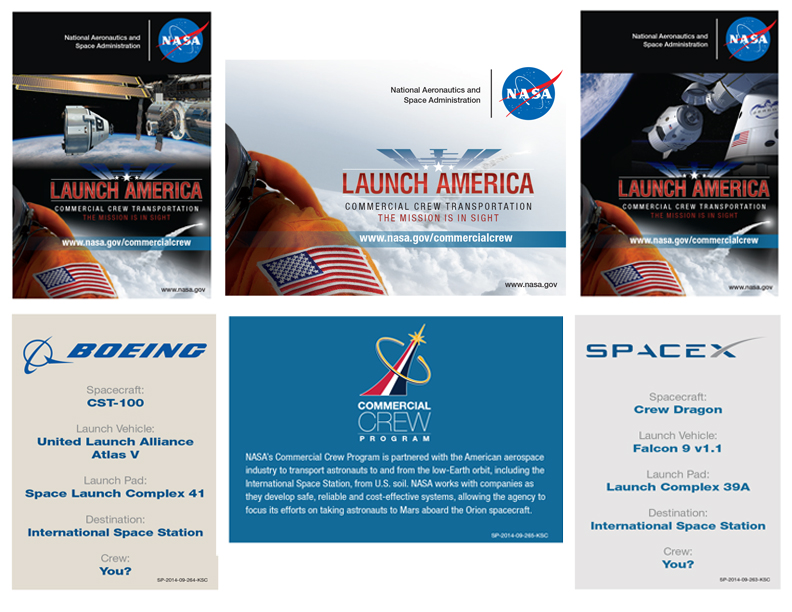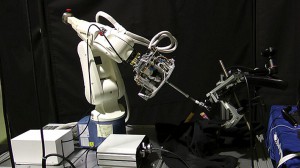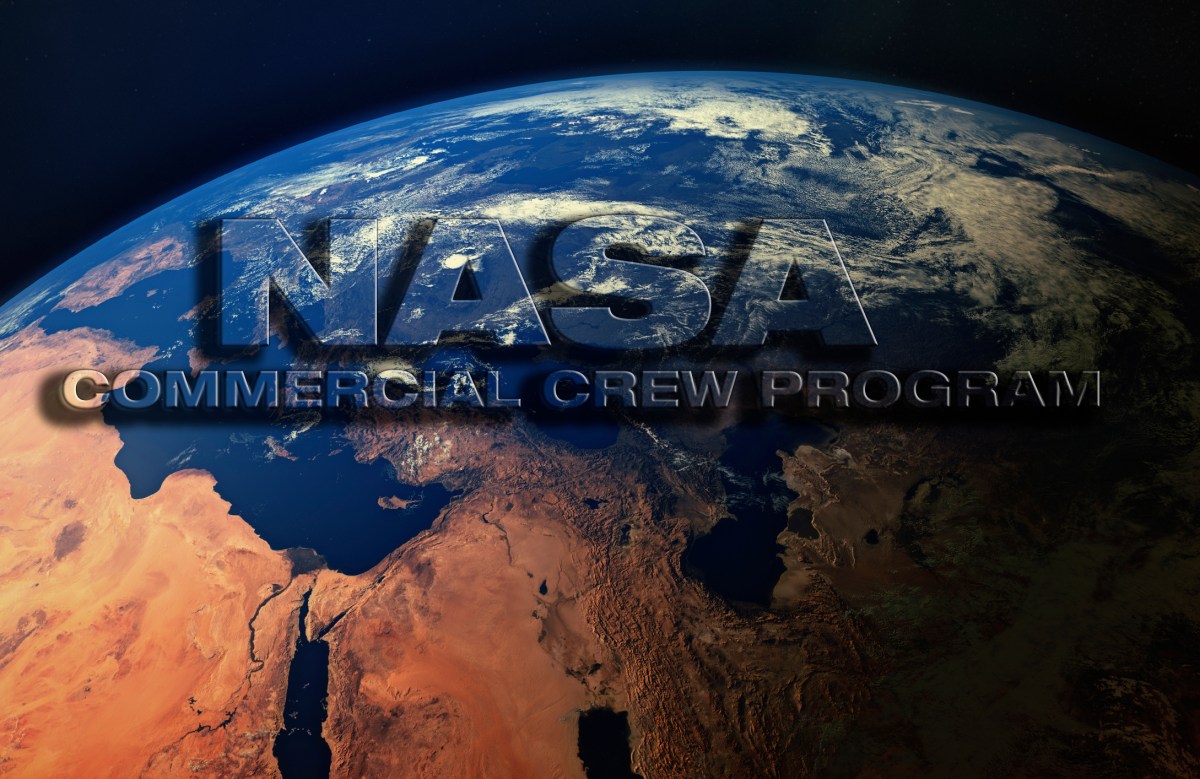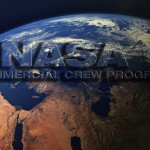Category: International Space Station
Just Released: New Commercial Crew Transportation Collectible Cards
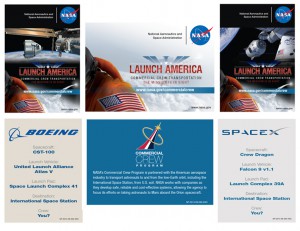 One week ago, NASA announced its selection of Boeing and SpaceX to transport our astronauts to and from the International Space Station from the United States. Now we have quick reference collectible cards with highlights of Boeing’s CST-100, SpaceX’s Crew Dragon and NASA’s Commercial Crew Program that you can print and share with your friends.
One week ago, NASA announced its selection of Boeing and SpaceX to transport our astronauts to and from the International Space Station from the United States. Now we have quick reference collectible cards with highlights of Boeing’s CST-100, SpaceX’s Crew Dragon and NASA’s Commercial Crew Program that you can print and share with your friends.
Our goal is to complete certification of the crew transportation systems in 2017 — including a test flight to the station with one NASA astronaut aboard — to meet NASA’s vital crew rotation and lifeboat services needs. By flying four astronauts to the orbiting laboratory at a time, the CST-100 and Crew Dragon enable NASA to increase the number of crew members on the station, doubling the amount of scientific research that can be performed on the one-of-a-kind facility as it orbits about 250 miles above Earth.
To download and print the cards, click on each of these links: Boeing CST-100, SpaceX Crew Dragon, Commercial Crew Program. For best results, use card stock and select auto-rotate and center and the two-sided option in your printer settings. If the two-sided option isn’t available, print page 1 and reload the paper before printing page 2.
CASIS Research Highlights Station Potential
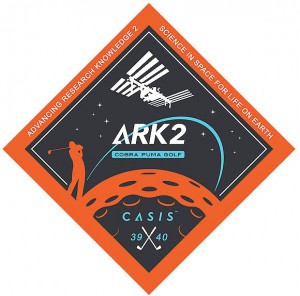
A pair of experiments headed to the International Space Station on the next cargo mission will focus on aspects of bone density medication and offer a company a chance to test some manufacturing principles for its golf clubs. The scientific payloads are sponsored by CASIS, short for Center for the Advancement of Science in Space. CASIS is an organization that manages the U.S. National Laboratory on the International Space Station and is responsible for brokering and facilitating research on the station with clear Earth applications and benefits. NASA’s Commercial Crew Program will allow research to increase on the orbiting laboratory by increasing the capability to add another station crew member by way of America’s next human transportation systems. CASIS produced this video detailing the research projects. You can also read more about the work here.
Boeing and SpaceX Selected to Build America’s New Crew Space Transportation System
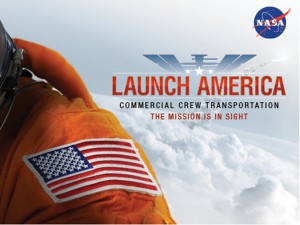 The CST-100 and Dragon version 2 have been tapped by NASA to carry astronauts to the International Space Station on missions that will herald a new era in space transportation driven by private companies who also will be able to market their launch services to people around the world.
The CST-100 and Dragon version 2 have been tapped by NASA to carry astronauts to the International Space Station on missions that will herald a new era in space transportation driven by private companies who also will be able to market their launch services to people around the world.
NASA selected Boeing and SpaceX to build their spacecraft during the final phase of a crew transportation development effort that began in 2010. The agency’s Commercial Crew Program will advise the companies as they advance from design to flight test vehicle to operational spacecraft, along with all the associated ground support, and launch and recovery systems.
Previous phases saw the completion of the design work up to the point when components, systems and subsystems could be manufactured, along with flight-worthy pressure vessels. The earlier work, some of which is still under way, included complex tests of thrusters, launch abort system elements, software, parachutes and control systems. More tests, agreed to under the previous development initiative called Commercial Crew Integrated Capability, are slated to take place later this year by several partners.
The selection of the companies won’t end NASA’s working relationship with other companies under their existing Space Act Agreements. The space agency remains committed to offering its extensive expertise in spaceflight to help companies advance their designs and potentially bring a spacecraft into operation on their own.
NASA and its aerospace industry partners have marked their calendars for 2017 with the goal of certification – including at least one test flight to the International Space Station with a NASA astronaut aboard.
Find Out Today What Spacecraft Will Be America’s Next Crew Transportation System
 Excitement is building as NASA Administrator Charles Bolden and other senior officials are gathering at NASA’s Kennedy Space Center in Florida to announce who will transport astronauts to the International Space Station. You can watch the ceremony live on NASA TV at www.nasa.gov/ntv and don’t forget to check back for more details. We’ll post information of all sorts, too, so you can find out why this is so important for our spacefaring nation.
Excitement is building as NASA Administrator Charles Bolden and other senior officials are gathering at NASA’s Kennedy Space Center in Florida to announce who will transport astronauts to the International Space Station. You can watch the ceremony live on NASA TV at www.nasa.gov/ntv and don’t forget to check back for more details. We’ll post information of all sorts, too, so you can find out why this is so important for our spacefaring nation.
ISS: Earth Observer
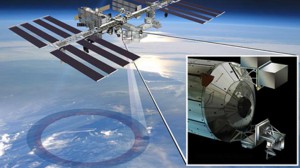 The International Space Station will get a new Earth observation experiment this month when the ISS RapidScat sensor is sent into orbit on the next SpaceX commercial cargo flight. The station, which is the destination for crewed CCP missions, offers a unique platform for science focused on Earth. Researchers will speak in-depth about the potential for the orbiting laboratory and what RapidScat and a series of other Earth science experiments will offer Earth scientists. The briefing will air on NASA TV beginning at 1 p.m. You can watch it on stream here.
The International Space Station will get a new Earth observation experiment this month when the ISS RapidScat sensor is sent into orbit on the next SpaceX commercial cargo flight. The station, which is the destination for crewed CCP missions, offers a unique platform for science focused on Earth. Researchers will speak in-depth about the potential for the orbiting laboratory and what RapidScat and a series of other Earth science experiments will offer Earth scientists. The briefing will air on NASA TV beginning at 1 p.m. You can watch it on stream here.
10 Things to Know about Commercial Crew Transportation
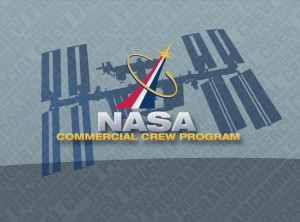 The Goal: CCtCap stands for Commercial Crew Transportation Capability. It is a contract for one or more American aerospace companies to complete development of a human space transportation system capable of carrying people into orbit, specifically to transport astronauts to the International Space Station and return them safely to Earth. To be certified to carry NASA astronauts, the systems must meet NASA safety standards. It’s the last step in a cycle of five separate spacecraft transportation development Space Act Agreements and certification contracts NASA began in 2010.
The Goal: CCtCap stands for Commercial Crew Transportation Capability. It is a contract for one or more American aerospace companies to complete development of a human space transportation system capable of carrying people into orbit, specifically to transport astronauts to the International Space Station and return them safely to Earth. To be certified to carry NASA astronauts, the systems must meet NASA safety standards. It’s the last step in a cycle of five separate spacecraft transportation development Space Act Agreements and certification contracts NASA began in 2010.- How it’s Done: NASA’s Commercial Crew Program (CCP) will implement CCtCap in a similar manner used during each previous stage of the development process – as a public-private partnership. The industry partner is responsible for the development of its own spaceflight system, which it will own and operate. NASA’s expert team of engineers and spaceflight specialists are working with the companies and certifying the systems to ensure any new crew transportation system is safe and reliable for NASA astronauts. For previous human spaceflight systems including the space shuttle, NASA designed, owned, and operated the systems, and the agency was responsible for the overall development.
- Buying a Service: Once development is complete, NASA plans to buy a service – simply put, like getting a taxi ride to low-Earth orbit. Because the companies will own and operate the systems, they will be able to sell human space transportation services to other customers in addition to NASA, thereby reducing the costs.
- Innovation: This new process lets industry partners apply innovations and corporate expertise into their designs. NASA provides a top-level set of requirements the companies must meet, but how they meet those requirements is up to them. Each company thoroughly tests its materials and mechanisms to prove its design is sound, and NASA certifies that the systems meet the agency’s requirements.
- Commercial Investment: Industry partners are investing their own resources into the development, too. In this way, NASA and industry share the cost of development and both are invested in and committed to a successful outcome.
- Contract Terms: NASA’s contract, whether with one company or more, will include at least one crewed flight test per company to verify the integrated rocket and spacecraft system can launch, maneuver in orbit, and dock to the space station, as well as validate all its systems perform as expected. Once the test program has been successfully completed and the systems achieve NASA certification, the contractor/s also conduct at least two, and as many as six, crewed missions to the space station, effectively ending the nation’s reliance on foreign providers.
- Award: NASA has not specified a set number of awards under CCtCap. In late August or September, the agency will select the company or companies that will build an operational space transportation system. While the procurement process is ongoing, the agency cannot answer specific questions about the proposals received or the award decision-making process.
- Open Competition: CCtCap is an open competition using FAR-based procedures that will result in a firm fixed-price contract. Any U.S. company could have submitted a proposal for a CCtCap contract. It is not limited to companies that earned previous contracts. However, all companies that submitted proposals should have demonstrated a level of maturity equivalent to the first phase of NASA certification efforts during the agency’s Certification Products Contract (CPC)
- Safe Haven: The spacecraft must be able to serve as a lifeboat, able to safely and quickly evacuate the space station’s crew in an emergency. It also must demonstrate it can serve as a 24-hour safe haven during an emergency in space and be able to stay docked to the station for at least 210 days.
- Journey to Mars: By encouraging private companies to provide human transportation services to and from low-Earth orbit – a region NASA’s been visiting since 1962 – the nation’s space agency can focus on getting the most research and experience out of America’s investment in the International Space Station. NASA also can focus on building spacecraft and rockets for deep space missions, including flights to Mars in the 2030s.
NASA and Commercial Partners Review Summer of Advancements
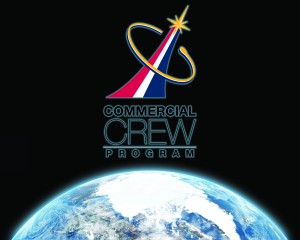 NASA’s spaceflight experts in the Commercial Crew Program (CCP) met throughout July with aerospace partners to review increasingly advanced designs, elements and systems of the spacecraft and launch vehicles under development as part of the space agency’s Commercial Crew Integrated Capability (CCiCap) and Commercial Crew Development Round 2 (CCDev2) initiatives.
NASA’s spaceflight experts in the Commercial Crew Program (CCP) met throughout July with aerospace partners to review increasingly advanced designs, elements and systems of the spacecraft and launch vehicles under development as part of the space agency’s Commercial Crew Integrated Capability (CCiCap) and Commercial Crew Development Round 2 (CCDev2) initiatives.
“These discussions capitalize on all the aspects of working as partners instead of working solely as a customer and supplier,” said Kathy Lueders, manager of NASA’s Commercial Crew Program. “The partners are innovative in a number of developmental areas. We have a set of detailed criteria drawn up so we can adequately evaluate what they are doing and they can tell us where adjustments fit in with their system’s overall success. It’s exactly what we had in mind when we kicked off this effort four years ago.”
Read details of today’s news here.
Robotic Arm Tech Aids Surgical Robot KidsArm
The gift of space-inspired robotics now goes beyond toys. They are lending a helping arm to pediatric doctors for children who require intensive surgical care.
The same companies which developed the robotic arms that helped astronauts build the International Space Station have now created a new research platform. Called KidsArm, this robot allows surgeons to quickly navigate to surgical sites in the body. It has an advanced imaging and control system that makes it extremely precise, and it is designed to explore the potential for automating certain demanding tasks in minimally invasive pediatric surgery — a challenge before without the tool’s assistance.
NASA Partners Punctuate Summer with Spacecraft Development Advances
Spacecraft and rocket development is on pace this summer for NASA’s aerospace industry partners for the agency’s Commercial Crew Program as they progress through systems testing, review boards and quarterly sessions under their Space Act Agreements with the agency.
NASA engineers and specialists continue their review of the progress as the agency and partners move ahead with plans to develop the first American spacecraft designed to carry people into space since the space shuttle.
“Our partners are making great progress as they refine their systems for safe, reliable and cost-effective spaceflight,” said Kathy Lueders, manager of NASA’s Commercial Crew Program. “It is extremely impressive to hear and see the interchange between the company and NASA engineering teams as they delve into the very details of the systems that help assure the safety of passengers.”

